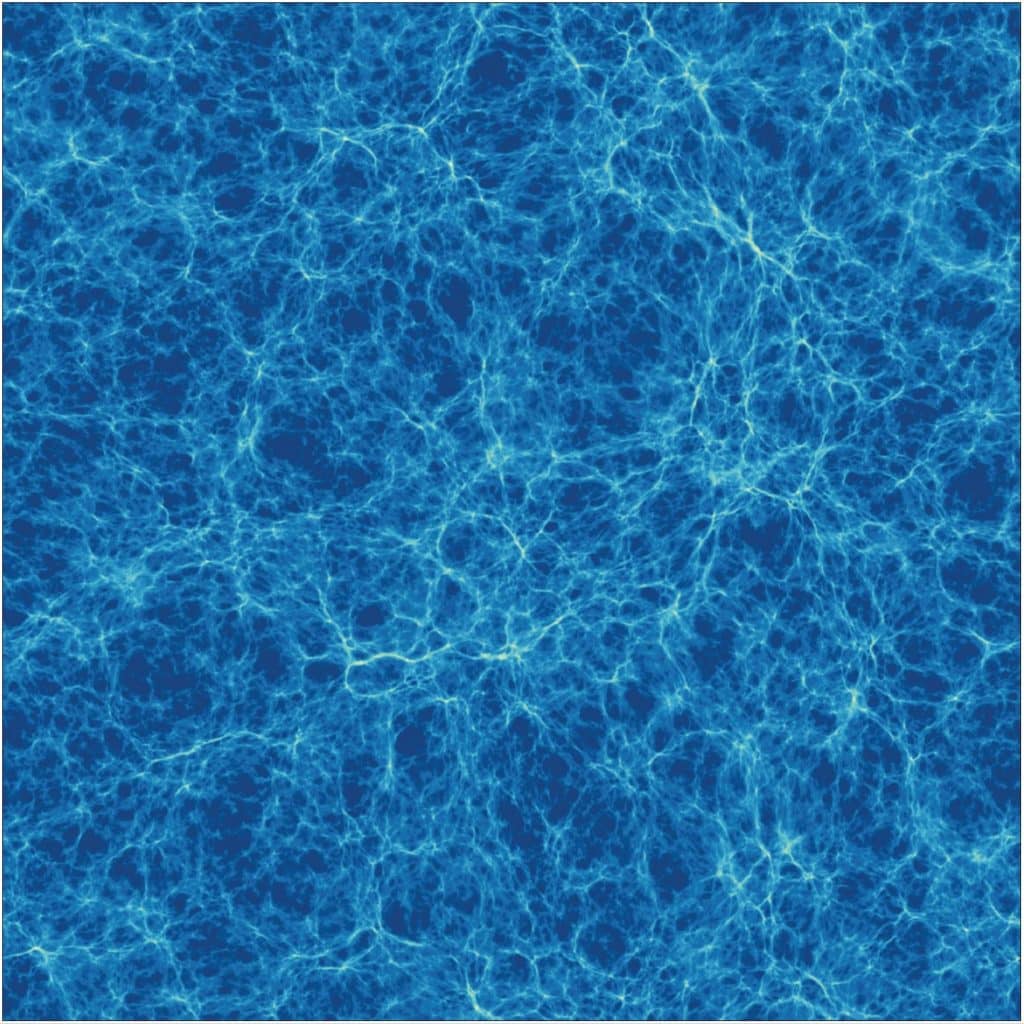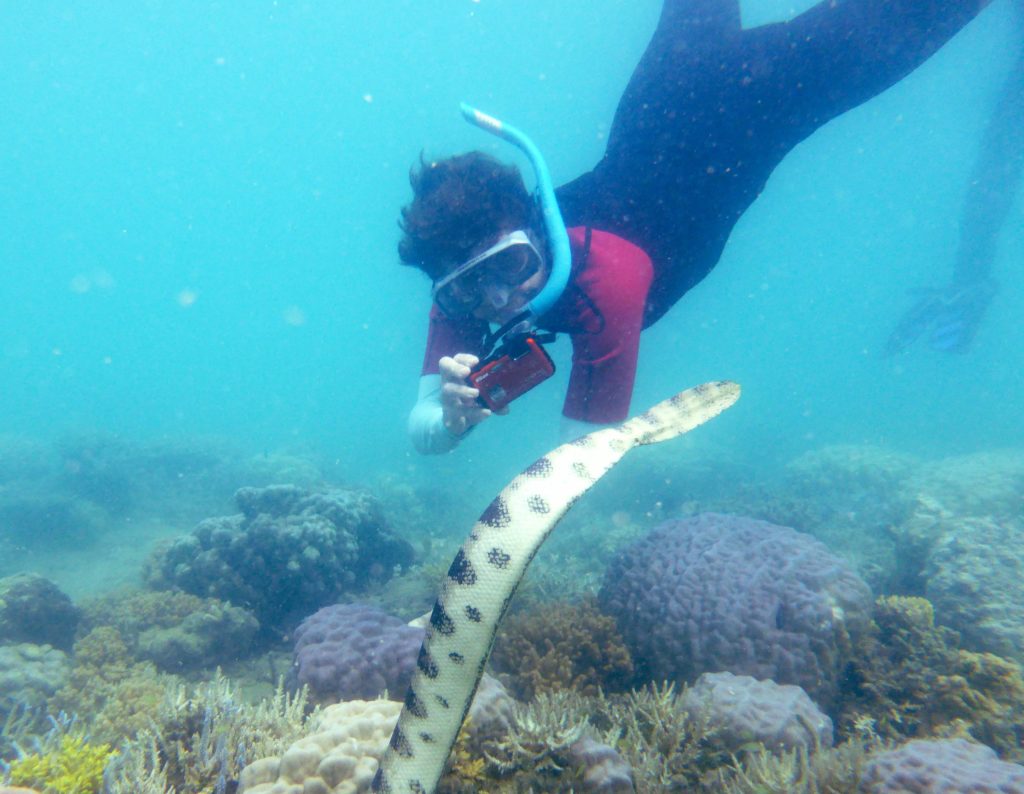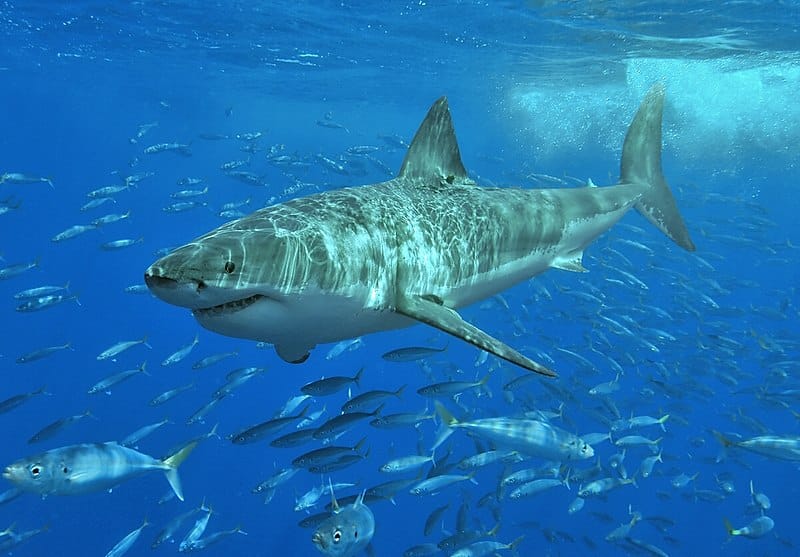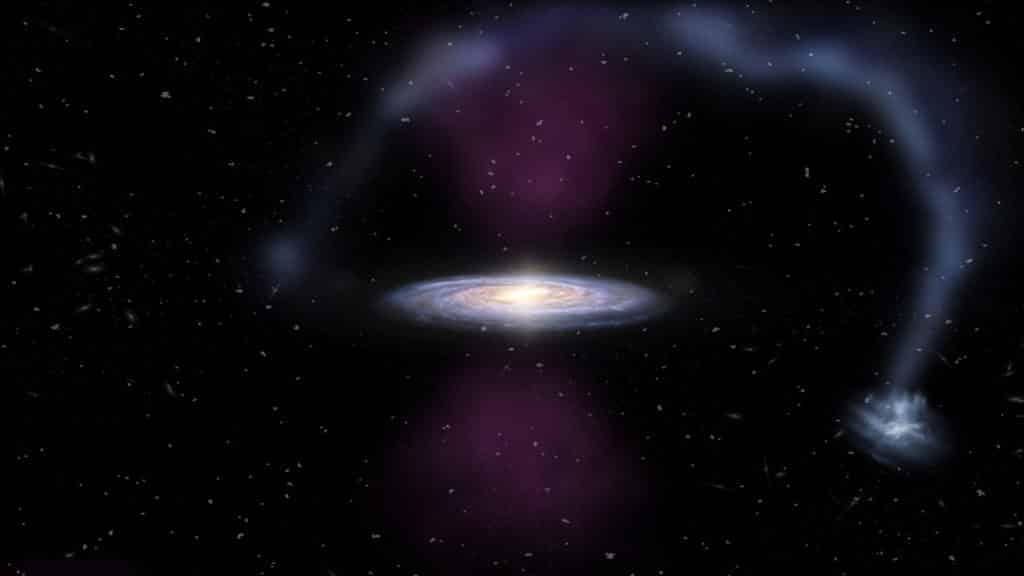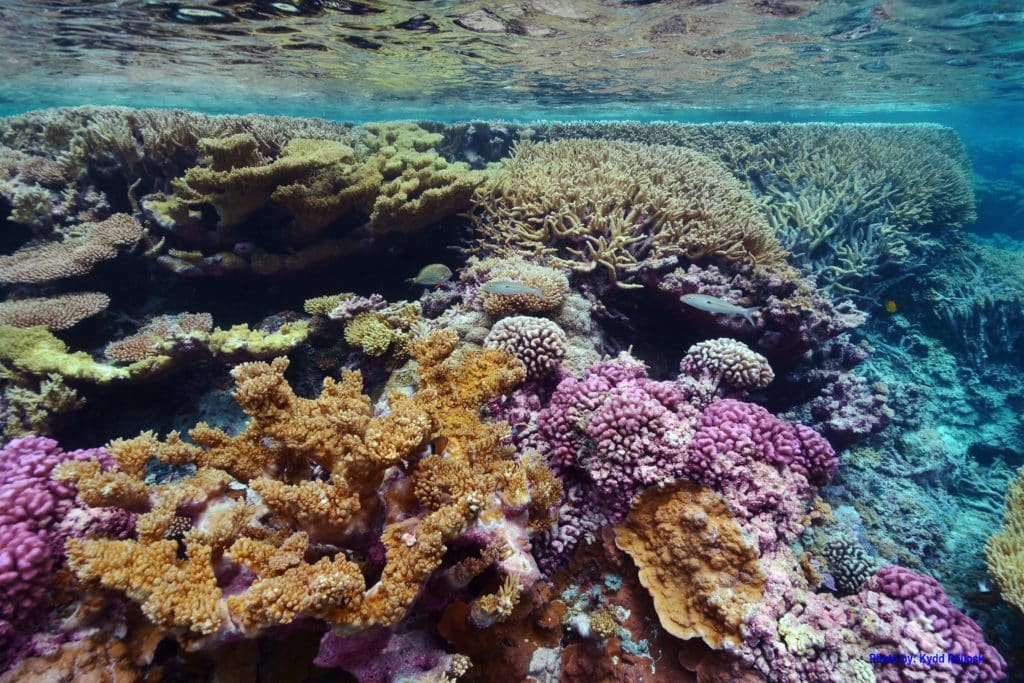Researcher finds linguistic tricks that boost Facebook post engagement

Some Facebook posts are more successful than others and linguist Matteo Farina has worked out why.
By applying a technique known as “Conversation Analysis” to a set of more than 1,200 posts culled from 266 anonymised users, the University of Adelaide and Flinders University academic has been able to identify specific linguistic structures common to most Facebook posts that attract a high number of Likes and written responses.
“This research shows that successful posts project a clear next action from Friends,” he says.
Continue reading Questions and humour the keys to social media success








